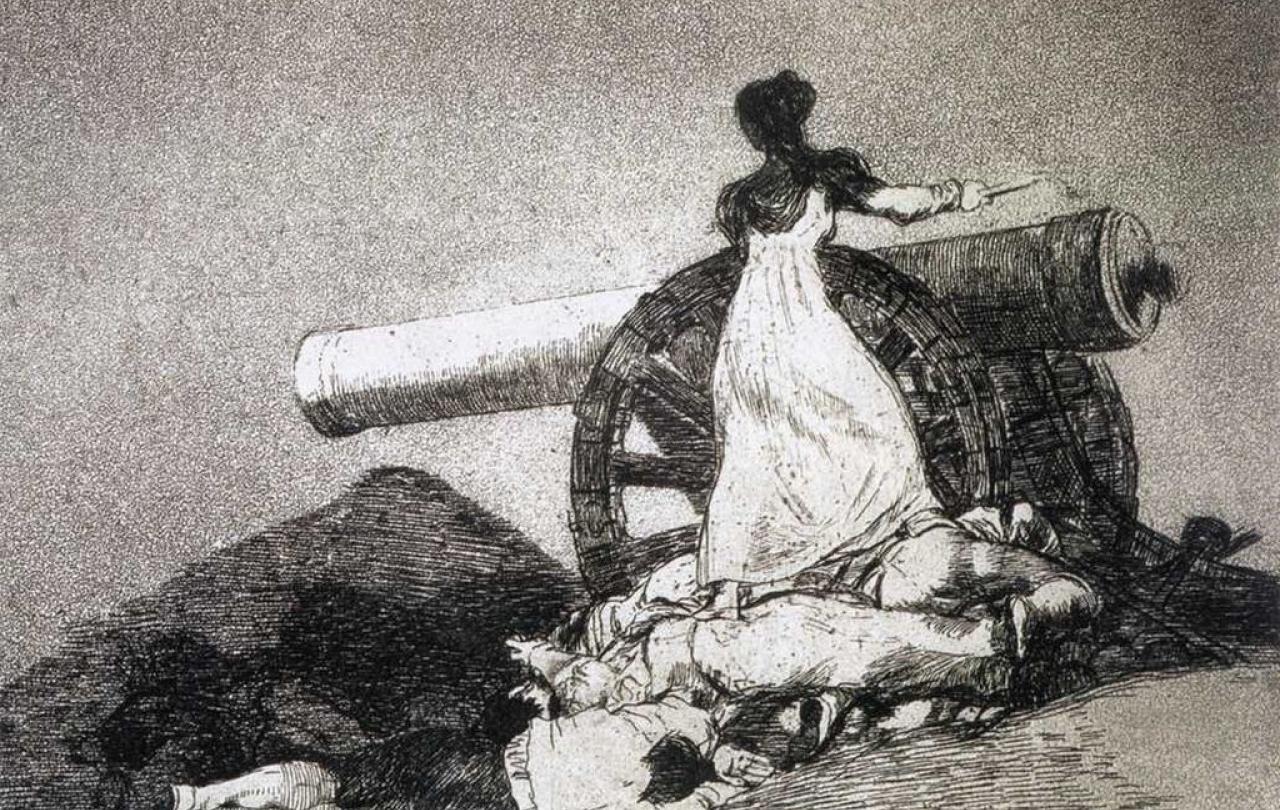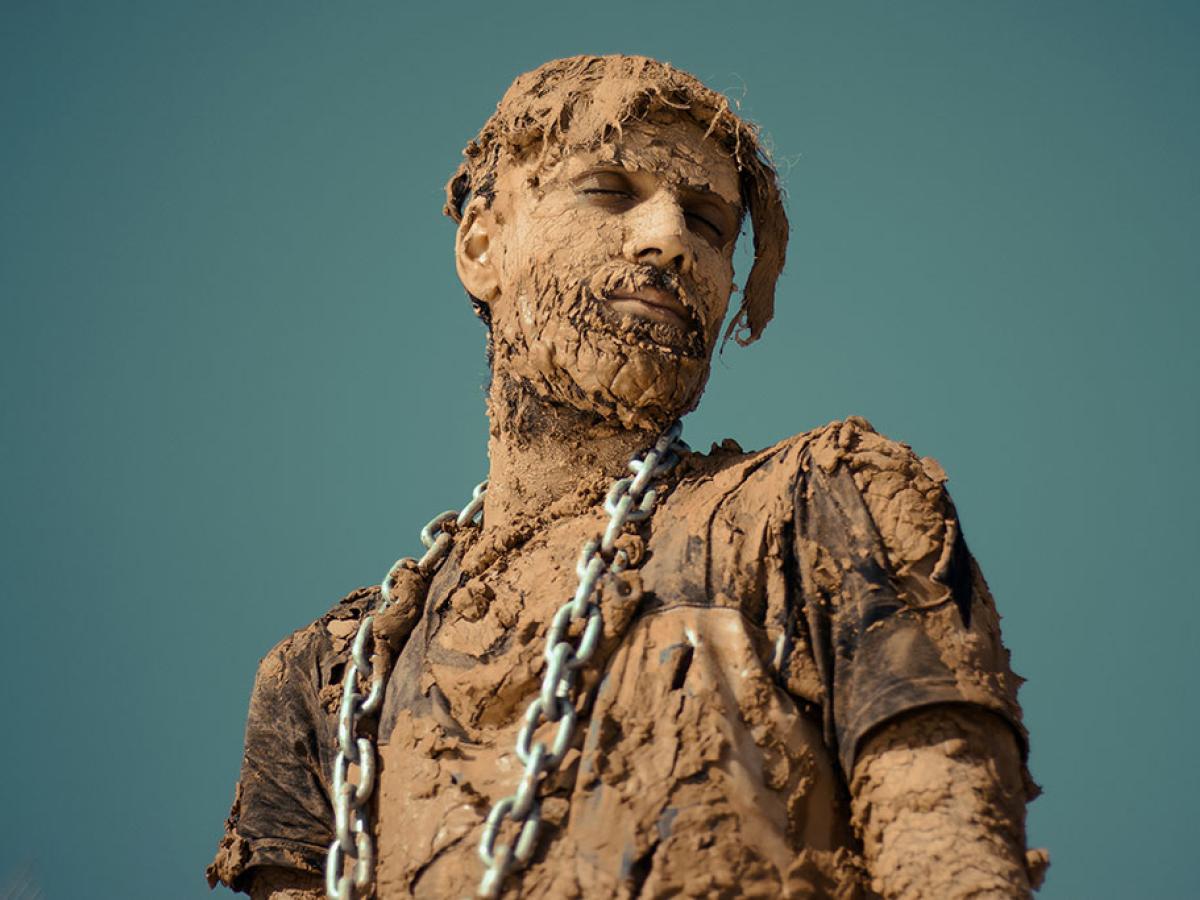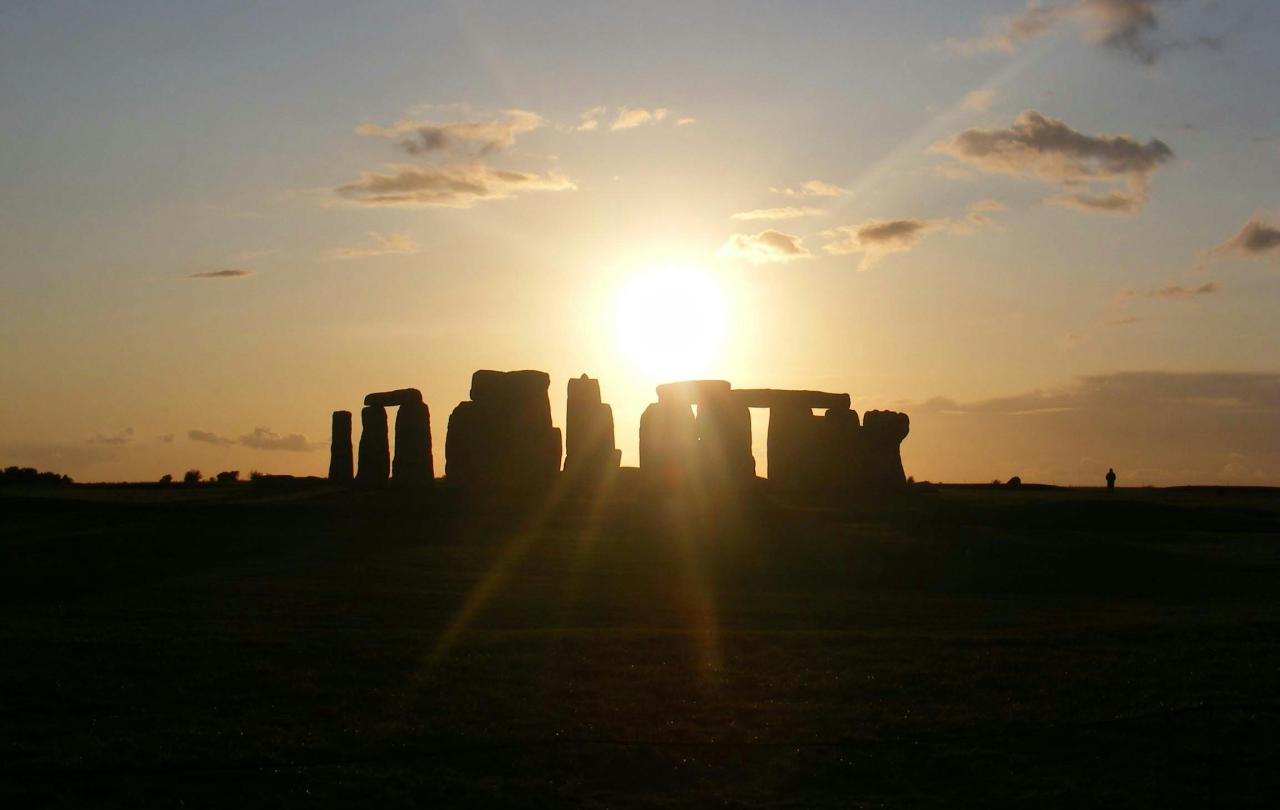
The ancient Greek tradition brought four aspects of a virtuous life to the fore. These are the four cardinal virtues: prudence, justice, courage, and temperance. We can understand them in terms of the image of a journey. Justice is our destination. Prudence attends to both the destination and the local terrain, and charts the course. Courage helps us to overcome obstacles. Temperance keeps us on the path, when we might be tempted to wander from it, and from the goal.
A middle way
The place of courage among the cardinal virtues is both bracing and realistic. It reminds us that all is not well with the world. We will often need courage because doing the right thing can be costly. Thomas Aquinas has been our guide in this series on the virtues, and he devotes thousands of words to courage, up to and including the willingness to shed one’s blood for the sake of justice. Indeed, for him, such willingness is the paradigm of what courage means. That said, there’s nothing masochistic about his vision of courage either, as if we ought to court danger, or seek loss, for its own sake. The losses that a virtuous person might suffer are only for the sake of the yet greater gain of attaining to goodness. That comes out in his treatment of martyrdom, and being willing to die. No one should seek to throw her life away. Indeed, putting oneself forward for martyrdom is not a good sign of virtue, not least because it lacks humility, and may well rest on a puffed-up estimation of one’s own powers of endurance. Nor is courage the same as foolhardiness. With that remark, we have a good example of the idea – derived from Aristotle, and taken up by Aquinas – that virtue has the character of a ‘mean’, or middle way.
Take the example of hope. We can fall away from hope not only in the direction of despair, but also in the direction of presumption. Despair lacks hope because it dares not hope, or has given up on hope. Just as much, however, presumption lacks hope, because it cannot see a place for it, based either on a misjudgement of the seriousness of the situation, or of our own powers. Courage is like that, lying between two poles, rising not only above cowardice but also above foolhardiness. Or, to put it another way, we could return to the first of the virtues, to prudence, and say that, to be a virtue, courage needs to be prudent: it needs to weigh possibilities, and there is nothing virtuous about doing something reckless, with little or no chance of success.
Just as courage has the character of a ‘mean’, so also, for Aquinas, the suffering it involves has the character of a ‘means’, and never an end in itself. The willingness of a courageous person to forgo ease, safety, the comforts of home, and even to risk life and limb, does not spring from hatred of any of those things, but simply because it places an even higher premium on being the sort of person who does right. In its way, in fact, the virtue of courage pays ample respect to the goodness of what it is willing to give up. It recognises all of those things as good – ease, safety, the comforts of home, bodily well-being, and life itself – and it is only because they are good that we need courage in order to rise above them if the situation demands.
Aquinas was able to stress the supreme importance of courage, and the real rise of loss in doing right, without making an idol of either loss or courage – or, indeed, of difficulty. Although courage recognises the presence of difficulty in the moral life, and steels us to face it, nonetheless, courage is a virtue, and what makes something a virtue is goodness, not difficulty. Virtue is about doing the right thing in a way that it is not, at least not intrinsically, about doing a difficult thing.
‘The essence of the good rather than the difficult’,
As Aquinas wrote.
It’s central to Aquinas’s vision that the degree of difficulty is only incidentally related to the degree of goodness. Here, in fact, Aquinas places himself a little distance from Aristotle. Aristotle had written that
‘virtue is about that which is difficult and good’
and that, Aquinas comments, would seem to imply that
‘whatever is more difficult seems to be more virtuous and meritorious’.
That though, he concludes, is to get things in the wrong order.
‘The good is more about that which is honourable and virtuous than it has to do with difficulty.’
One of the endlessly fascinating things about Aquinas on the virtues is the way he clusters an array of smaller virtues under the sheltering arms of the big seven. We have seen that he praises courage but won’t let it get above itself: no moral theatrics. In contrast, in his treatment of the virtue of patience, which he sees as part of courage, he takes what might seem to be a paltry strength of character, not much respected today, and sees greatness it in, precisely because it is part of courage. (Other excellent theological treatments of patience come from two poets, both forms of the Petrarchan sonnet. There is John Milton, a Protestant of Puritan sympathies, in his On his Blindness, and the Roman Catholic Gerard Manley Hopkins, a Jesuit priest, in his In honour of St. Alphonsus Rodriguez.)
In our day, Josef Pieper wrote, patience has come to be seen as a
‘self-immolating, crabbed, joyless, and spineless submission to whatever evil is met with or, worse, deliberately sought out.’
Turning to Aquinas, he wrote instead that patience is about endurance, and not being conquered by the suffering that it might bring: patience
‘endures certain evils for the sake of good’.
Patience, Pieper goes on,
‘does not imply the exclusion of energetic, forceful activity, but simply, explicitly, and solely the exclusion of sadness and confusion of heart.’
The brave person, in his patience, not only knows how to bear with suffering,
‘he will also not hesitate to “pounce upon” evil and bar its way, if this can reasonably be done.’
There is a heroism to courage, which is by no means entirely in vogue in moral thinking today. Aquinas was unashamed of courage, not least because it has a sobriety to it, to place alongside anything swashbuckling. Virtue requires courage, not so much in the extraordinary circumstances that we typically think of as heroic, but in every situation where doing right requires us not to take the easy road.






